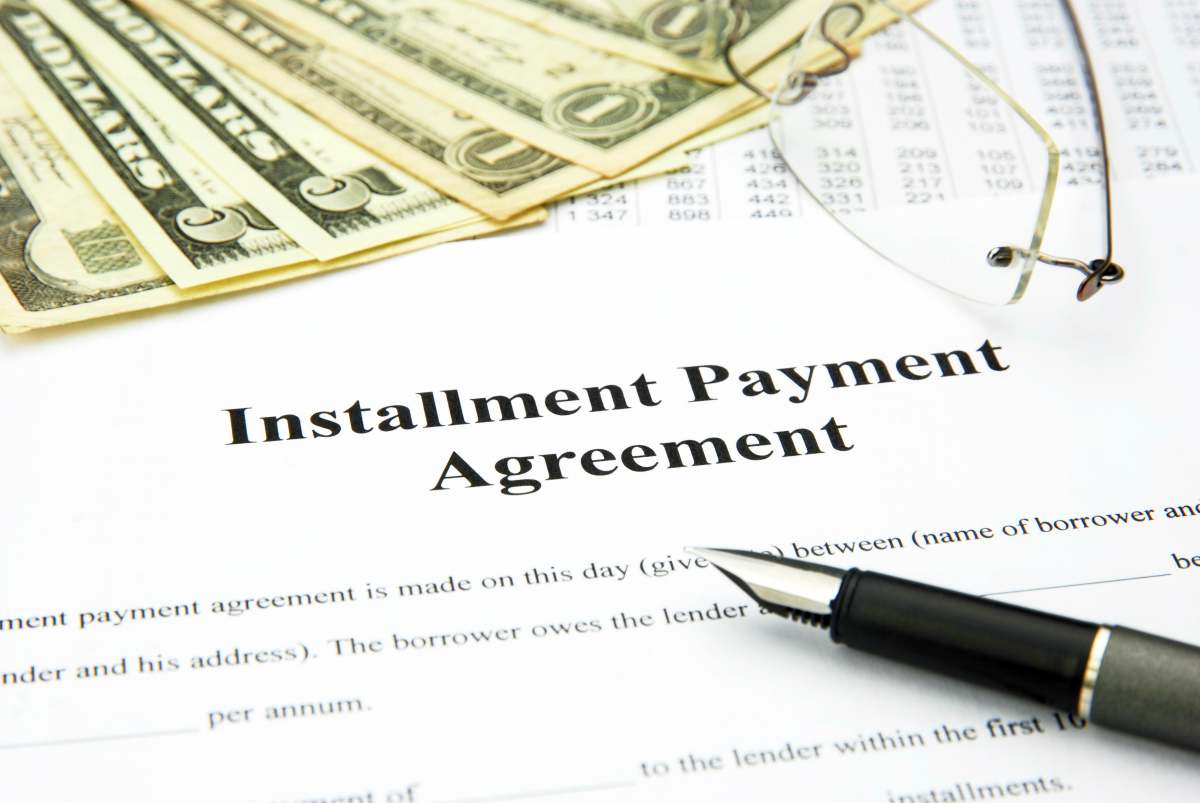Incurring penalties and fees from the IRS can make paying unpaid taxes more difficult, making first time abatement a valid strategy for saving money.
RELATED: 9 IRS Penalties You Could Be Facing After An Audit
How to Minimize IRS Expenses Through First Time Abatement
Step 1: Be Aware of IRS Penalties and Interest
For abatement purposes, taxpayers can classify IRS penalties and fees into two main groupings. These two are penalties related to collection and fees related to accuracy.
Collection Penalties
Collection penalties are more common. These penalties relate to how the taxpayer makes payments on time.
The two most common collection penalties are the failure to file and the failure to pay. These two penalties can amount to almost an additional 50% of your unpaid taxes, which increases the tax debt substantially.
On top of these penalties, the IRS can charge short-term interest rates on unpaid taxes per month. The interest changes quite frequently, as the IRS uses 3% plus the current federal short term interest rate.
As a quick primer, the failure to pay penalty levies a .5% fee of the total unpaid taxes each month. The law caps the maximum unpaid penalty to 25%. And this penalty applies every calendar month after the tax deadline.
For the failure to file penalty, the IRS applies a 5% fee for not filing taxes before the tax deadline, usually April 15 or the business day after. Like the previous penalty, the law caps the penalty to 25% of the unpaid amount and applies every calendar month after the tax deadline.
Another frequent penalty is the late federal tax deposit for taxpayers responsible for remitting deposits for the wages of employees. This penalty caps at 15% of all deposits submitted late.
Accuracy Penalties
The second grouping relates to how accurately the taxpayer reports tax amounts. Strictly speaking, first time abatement does not apply to accuracy penalties, but the IRS can still abate these penalties when the taxpayer receives the CP2000 Notice and explains reasonably why inaccuracies exist.
The most common inaccuracy penalty lies with the negligence penalty, which caps at 20% of the taxes understated by the taxpayer. Negligence penalty arises when the taxpayer either overstates the allowed deductions or understates their income.
Another example is the substantial underpayment penalty, which applies a 20% penalty on the understated tax amount. The IRS can levy this penalty when the taxpayer understates their taxes by 10% or $5,000 ($10,000 for most corporations).
The IRS grants an abatement to these two penalty groups, most often with collection penalties. However, the IRS does not grant all applications for tax penalty abatement.
Step 2: Understand the First Time Abatement Rule
The IRS can waive these penalties if the taxpayer:
- Has not incurred a penalty within the previous three years. However, the IRS can still consider a taxpayer free of penalties if he or she did have a penalty, as long as it is less than $100.
- There are no outstanding notices or letters that require immediate attention. For example, a Final Notice for Levy like the LT 1058 or LT 11.
- Payments have already started. If the taxpayer cannot pay in full, he or she can set up an IRS Installment Agreement to show good faith and increase the chances of getting an abatement.
A taxpayer can also ask for an abatement of penalties incurred for more than a year. Sometimes, the IRS may discover discrepancies and apply, retroactively, tax penalties for two years and even more. This backtracking can result in penalties, which can be eligible for an IRS abatement.
For the IRS to grant a First Time Penalty Abatement, the taxpayer should show reasonable cause. The most common causes are:
- Sickness or illness that affected the reporting of taxes
- Active military duty
- Difficulty in accessing records
- Death of a family member
- Financial hardship
- Reasonable overseas activity
- Loss of records, like in a fire
- Advised incorrectly by a tax professional, preferably with proof
- Emergencies for a region
- Civil disturbances that led to the postponement of receiving letters and notices
Please note this list is not exhaustive.
Interestingly, errors can also lead to an abatement of penalties. If an IRS representative has provided information in error, the taxpayer may ask for a waiver of penalties.
Even errors made by the taxpayer can lead to tax penalty abatement. As long as the taxpayer can prove good faith, the chances of receiving an abatement increases.
Step 3: Apply for IRS Penalty Abatement
There are three main methods to apply for penalty abatement.
The first method is a direct negotiation with the IRS. When an IRS representative talks to a taxpayer in person, an application for an abatement can proceed verbally.
The most common method is through IRS form 843. The form actually has two purposes: claiming for a refund or for a tax abatement.
Lastly, sending a written letter can lead to an abatement. For example, an IRS representative giving out wrong information may just warrant a tax return update to recalculate the tax debt.
The most recommended attempt would be through Form 843, followed by a call to the IRS at 1-800-829-4933. A taxpayer can ask the IRS to take note that a request for abatement has been sent.
RELATED: How To File Back Taxes | Tax Relief Center
Step 4: Find Efficient Ways on How to Use First Time Abatement
Tax abatement can lower unpaid taxes, but the FTA (First Time Abatement) applies only once.
A crucial thing to note is that an abatement takes away not just the penalties and fees, but also the interest surrounding the inaccuracy or late payment.
Do note first time abatement applies only once and for a year, not for specific penalties.
Usually, the older the penalty, the higher the savings. However, some penalties, like the failure to file penalty, have larger rates, so the application of the first time abatement strategy may prove more useful for a newer but financially heavier penalty.
Optimizing the FTA application may require expertise, which is just one of the many reasons why getting a good tax relief expert is a priority. A specialist can save worried taxpayers time and money.
Step 5: Avoid Getting Penalized by the IRS
Once a taxpayer has gone through the abatement process, the next step is to focus on avoiding penalties. The FTA is technically a one-time privilege, although some forms of tax waivers may arise, like the IRS representative giving more erroneous information leading to penalties.
The most crucial skill in avoiding penalties relates to creating a budget that incorporates taxes. A specific skill that most taxpayers overlook is knowing how to estimate taxes and applying them to a budget.
Step 6: If Abatement Is Not Available, Try Other Means
If the underpayment of taxes is inevitable, there are other options to lower the taxes or make them bearable. For example, applying for an Offer In Compromise or a Currently not Collectible status can decrease or even cancel out tax payments temporarily for the struggling taxpayer.
Another option is applying for an installment plan. These monthly installments can decrease the cash outflow and help taxpayers avoid stretching out their finances.
Also, penalties and interest by the IRS are typically higher than the loans offered by banks. It may make more sense to get a bank loan to pay off interest and penalties.
With these 6 steps, taxpayers may minimize their penalties to give them an opportunity to gain stable financial footing. Tax abatement may be the solution to your tax problems.
Have you applied for first time abatement? How did it go? Let us discuss in the comments section below.
If you owe back taxes, visit taxreliefcenter.org for more information on tax relief options.
Up Next:



